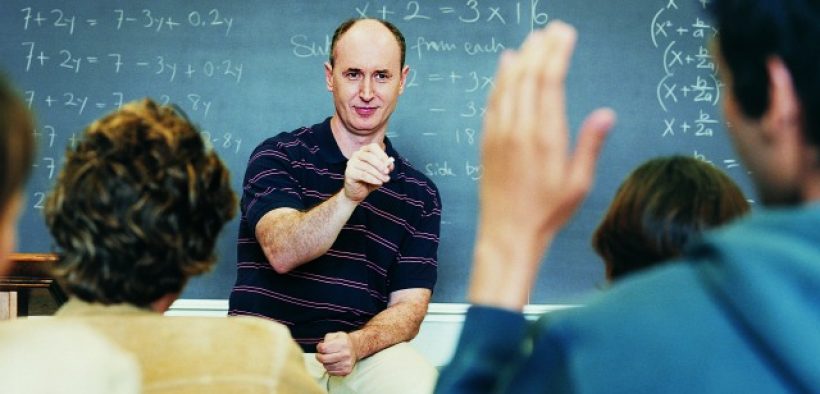As instructors, we strive to generate thoughtful and engaging classroom discussion while maintaining a collegial and inclusive environment. In doing so, we may be tempted to avoid topics that can ultimately add to students’ learning. Hot moments in the classroom refer to discussions that become contentious, acrimonious, or even disrespectful. None of us wants to promote a toxic classroom environment, and when such moments happen, we work diligently to diffuse them. However, when done strategically, creating what I call positive tension can help students better understand ideas central to a course while learning to engage in productive debate in the classroom and beyond.
Embracing Tension in the Classroom

Related Articles
I have two loves: teaching and learning. Although I love them for different reasons, I’ve been passionate about...
Active learning is a mostly meaningless educational buzzword. It’s a feel-good, intuitively popular term that indicates concern for...
Perhaps the earliest introduction a student has with a course is the syllabus as it’s generally the first...
Generative AI allows instructors to create interactive, self-directed review activities for their courses. The beauty of these activities...
I’ve often felt that a teacher’s life is suspended, Janus-like, between past experiences and future hopes; it’s only...
I teach first-year writing at a small liberal arts college, and on the first day of class, I...
Proponents of rubrics champion them as a means of ensuring consistency in grading, not only between students within...







